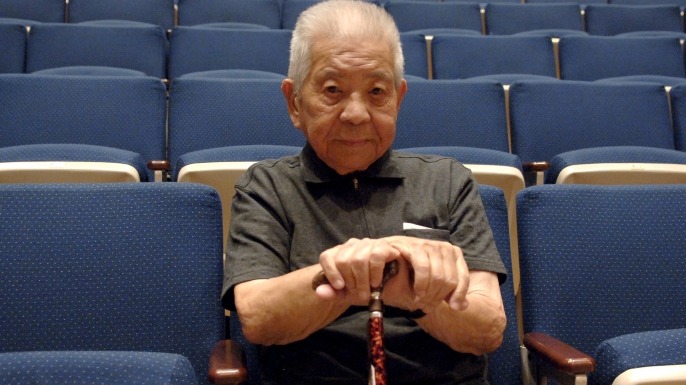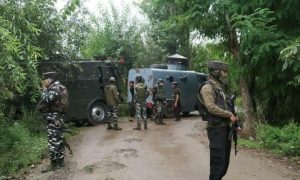On August 9, 1945 Tsutomu Yamaguchi was preparing to leave Hiroshima when the atomic bomb fell.
Tsutomu Yamaguchi (March 16, 1916 – January 4, 2010) was a survivor of both the Hiroshima and Nagasaki atomic bombings during World War II. Although at least 69 people are known to have been affected by both bombings, he is the only person to have been officially recognized by the government of Japan as surviving both explosions.
A 29-year-old naval engineer, he was on a three-month-long business trip for his employer, Mitsubishi Heavy Industries, and August 6, 1945, was supposed to be his last day in the city. He and his colleagues had spent the summer working long hours on the design for a new oil tanker, and he was looking forward to finally returning home to his wife, Hisako, and their infant son, Katsutoshi.
Around 8:15 that morning, Yamaguchi was walking to Mitsubishi’s shipyard when a blaze of light hovered over it. He dove into a ditch before an ear-splitting boom rang out. The shock wave spun him in the air like a tornado and sent him hurtling into a nearby potato patch. He’d been less than two miles from ground zero.
Yamaguchi was forced to swim through a river, through a layer of floating dead bodies. Upon reaching the station, he boarded a train full of burned and bewildered passengers and settled in for the overnight ride to his hometown of Nagasaki
A B-29 bomber called the “Enola Gay” had taken off from the Pacific island of Tinian and flown some 1,500 miles before detonating a bomb known as “Little Boy” in the skies over Hiroshima.
When he returned home afterwards, feverish and swaddled in bandages, his mother accused him of being a ghost.
Despite being on the verge of collapse, Yamaguchi dragged himself out of bed on the morning of August 9 and reported for work at Mitsubishi’s Nagasaki office.
Yamaguchi was trying to get through the day when the landscape outside suddenly exploded with another iridescent white flash. Yamaguchi dropped to the ground just seconds before the shock wave shattered the office windows and sent broken glass and debris careening through the room. “I thought the mushroom cloud had followed me from Hiroshima,” he later told the newspaper The Independent.
His bandages were blown off, and he was hit by yet another surge of cancer-causing radiation, but he emerged relatively unhurt.
For the second time, he’d been fortunate enough to survive.












